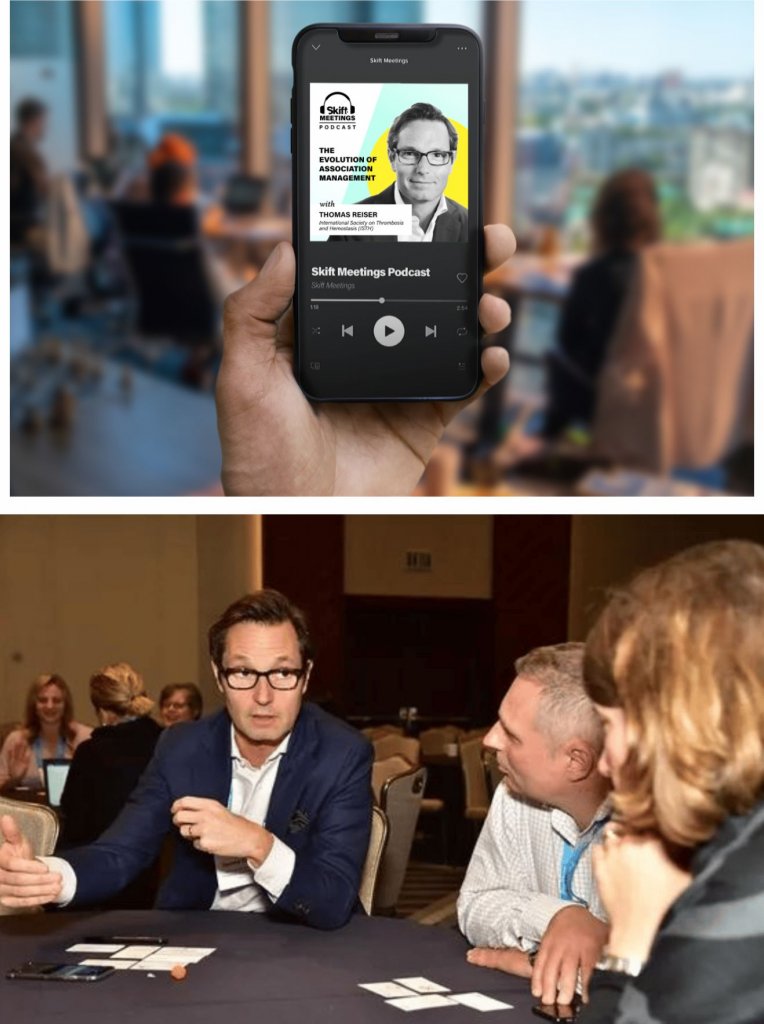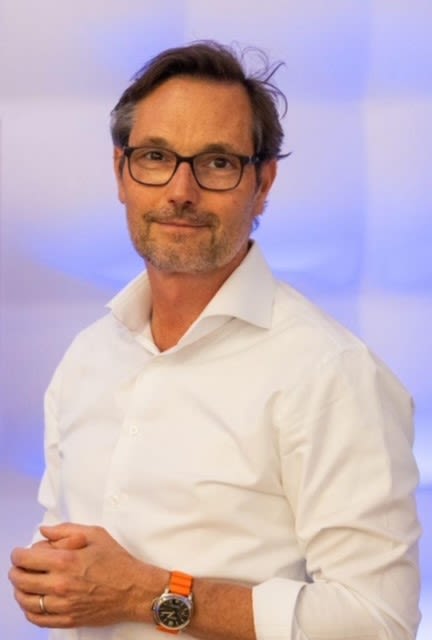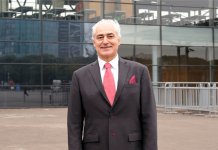TMS. With over two decades in association management, what leadership lessons have you found most applicable to fostering collaboration among diverse international stakeholders?
TR. The most important leadership lesson is to ensure everyone is aligned behind a shared vision, mission, and strategy—and to take everyone on the journey with you. Diverse stakeholders bring diverse perspectives, which are not only valuable but essential for achieving better and more sustainable outcomes. Effective collaboration depends on creating an environment where every stakeholder feels heard and empowered to contribute meaningfully. Taking the time to actively listen, to bridge cultural and professional differences, and to build trust are key to turning diversity into collective and sustained impact.
Empowering the Next Generation of Leaders
TMS. In the context of healthcare conferences, how is technology being leveraged to enhance virtual participation and real-time data sharing without compromising scientific rigor?
TR. I don’t believe technology compromises scientific rigor—on the contrary, it enhances it. Artificial intelligence and digital tools are increasingly being integrated into every step of the scientific conference lifecycle: from needs assessments and abstract reviews to thematic clustering of presentations in sessions, multilingual translation, and generation of high-quality content summaries or video synopses. These tools enable faster, broader, and more equitable access to science. While human oversight and final decision-making remain essential, the efficiency and accuracy gains are remarkable and will only continue to grow. The challenge and opportunity now lie in maintaining transparency in how technology supports decision-making, to ensure continued trust in the scientific process. Another frontier is for these technologies to contribute to meaningfully reducing the complexity and cost of virtual and hybrid meeting offerings.
TMS. Sustainability in healthcare events is critical. What innovative steps has ISTH taken to minimize environmental impact while maintaining high-quality scientific delivery?
TR. While we do not claim to have introduced radically new approaches, we have intentionally, consistently and progressively implemented — and clearly communicated —measures to reduce or offset our environmental impact. These include selecting host cities and venues that prioritize sustainability and are accessible by public transportation or within walking distance; working with LEED-certified venues (such as – most recently – the Walter E. Washington Convention Center in Washington, DC); reducing food waste through thoughtful planning and
donations; eliminating printed program books in favor of digital materials and signage; and offering carbon-offset options for both us as organizers and our participants.
As a truly global organization rotating our meetings across continents, air travel remains a challenge. However, we strive to select destinations that allow for greatest regional and direct international accessibility to minimize the overall travel footprint. Equally important, we are working on integrating sustainability awareness, ensuring that both our teams and our partners make environmentally responsible choices at every stage.

TMS. What role do early-career professional development initiatives play in sustaining the future growth of scientific associations, and how can ICCA members implement similar strategies?
TR. Engaging early-career professionals (ECPs) is critically important—they are the future of both the field and the organization. Their perspectives, needs, and aspirations differ from those of established members and must be reflected in programming, governance, and community-building efforts. At ISTH, we have institutionalized this by creating a dedicated Board seat for ECPs and ensuring their representation on every committee. This gives them real influence and learning opportunities from the onset. The long-term goal, however, must be to make the organization a home for their (professional) life—a place where members can truly connect, engage, grow, lead, and contribute throughout their careers. Achieving this builds true loyalty and advocacy. ICCA’s own initiatives for young professionals already set a strong example by bringing ECPs into the business events profession early on and offering various pathways for early and progressively more engagement and career opportunities. This intentional development of a committed and well-educated workforce is critical for the future of the global business events industry.
TMS. Looking ahead to ICCA Congress 2025, what emerging trends in digital innovation and sustainable event practices should the meetings industry prioritize to stay ahead of global demands?
TR. I look forward to learning more about these topics during the Congress itself—particularly through discussions with peers who bring diverse perspectives from various meetings stakeholders and from across the globe. Prioritization will be key, and collaborative learning among all stakeholders- associations, destinations, venues, and technology and other solution partners—will help define the most impactful approaches. In my view, two areas stand out. First, identifying which digital innovations, including AI-driven applications, genuinely enhance event impact and accessibility, coupled with practical strategies for integrating them across functions. Second, developing robust, standardized tools for measuring both positive and negative sustainability outcomes—so that we can not only commit to responsible practices but also quantify and communicate our progress. Ultimately, the goal is to drive meaningful change while ensuring that business events remain impactful, inclusive, and future-ready.














